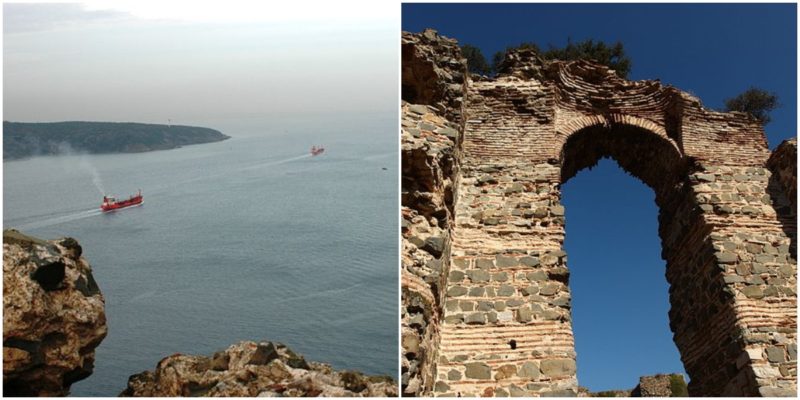Yoros Castle was of great strategic importance to Turkey. Unfortunately, large parts of this once mighty stronghold are now in ruins.
Nevertheless, the surviving parts very vividly portray the rich history of the region and many traces can be found on the site of different civilizations and empires.
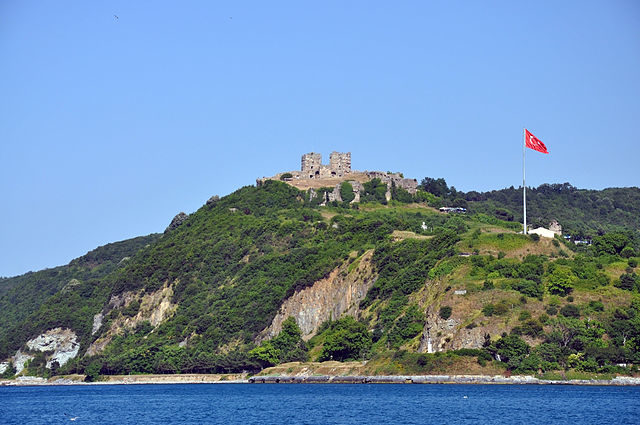
Its position is what makes the castle so unique. It is nestled on the top of a hill at the edge of the small traditional fishing village of Anadolu Kavağı (the last harbor on the Asian side of the Bosphorus) just near the meeting point of the Black Sea and the Bosphorus in northwestern Turkey.
The location is one of the narrowest stretches of this significant natural strait that divides Europe and Asia and thus one of the shortest distances between the two continents and a place of great strategic importance.
The castle is also positioned north of Joshua’s Hill in the Beykoz district of Istanbul.
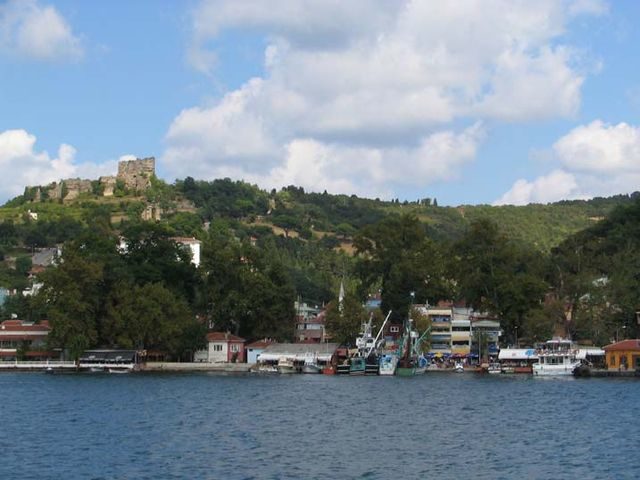
The area has been inhabited since ancient times: at first by the Phoenicians and later by the Greeks. It has been used throughout the years for trading and military purposes and there are debates among scholars about the exact date of colonization.
Archaeological discoveries have shown that the area was considered sacred by the Greeks. They called it Hieron, which means “Sacred Place,” and the excavations revealed many informative structures.
Remains of temples were discovered, dating centuries BC and including the Altar of the Twelve Gods and the temples of Dios and Zeus Ourios (Zeus, sender of the fair winds). Many sacrifices and rituals to please the gods were likely to have been held on the hill.
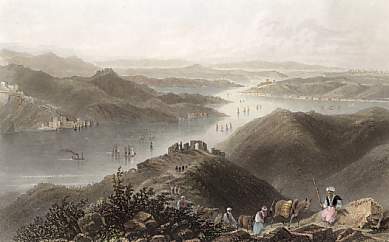
Yoros Castle was mostly inhabited during the Byzantine Empire, except for several short periods of almost complete abandonment. During the rule of the Palaiologos dynasty, the Byzantine Empire started to lose its power under persistent pressure from its neighbors.
The castle was well strengthened, as was the castle at Rumeli Kavağı on the opposite (European) side of the Bosphorus.
The impressive gate towers that can still be seen today were added at this time. Parts of surviving columns from ruined ancient structures were used during the reinforcement.
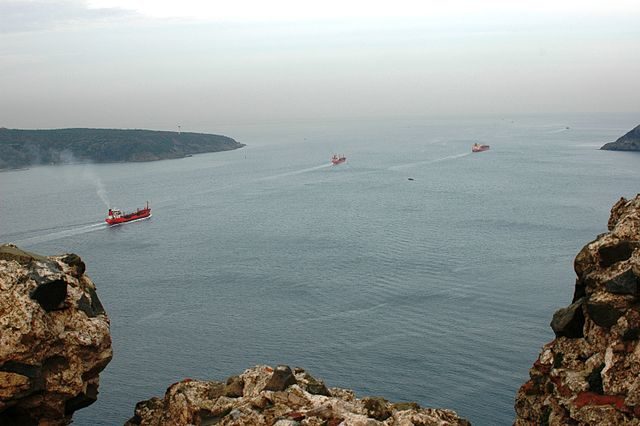
It is likely that a massive chain was stretched across the Bosphorus in order to stop the infiltration of enemy warships.
This strategy was used across the mouth of the Golden Horn for the defense of Constantinople during the siege of the Ottomans, led by Sultan Mehmed II in 1453. Today, parts of the chain can be seen in the Istanbul Military Museum (Askerî Müze in Turkish).
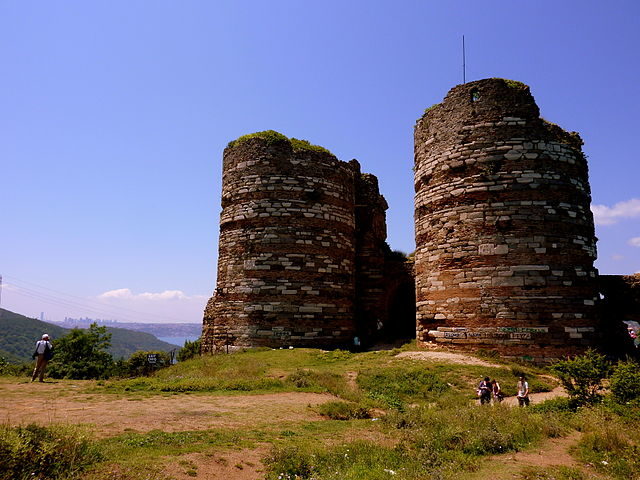
For many years, the Byzantines, Ottomans, and Genoese were in conflict over the occupation of this strategic position. In 1305, it was captured by the Ottomans and shortly after went into the hands of the Byzantines.
The Ottoman forces ruled over the castle from 1391 until 1414, when it was conquered by the Genoese who had developed a great network of trade routes along the coast of the Black Sea. The Genoese held it for almost half a century.
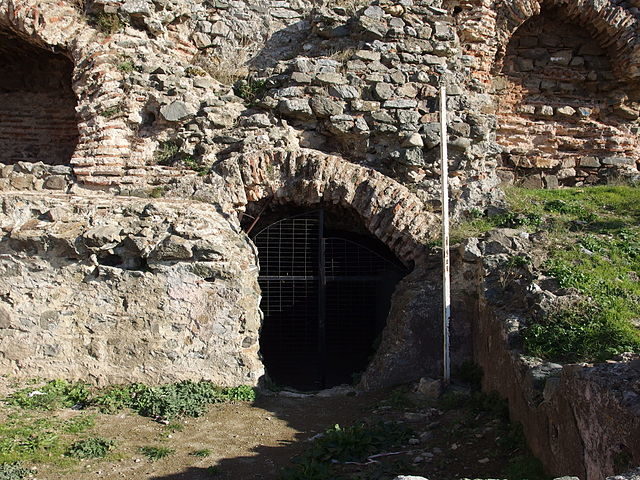
As a result, Yoros Castle is also known as the Genoese Castle. When Mehmed the Conqueror (Sultan Mehmed II) finally captured Constantinople, bringing the formal end of the Byzantine Empire, he chased away the Genoese from the area. During his reign, the walls of the castle were fortified.
A quarantine, checkpoint, customs office, and military barracks for the Ottoman troops were also built. Later, Sultan Bayezid II built a mosque inside the castle walls.
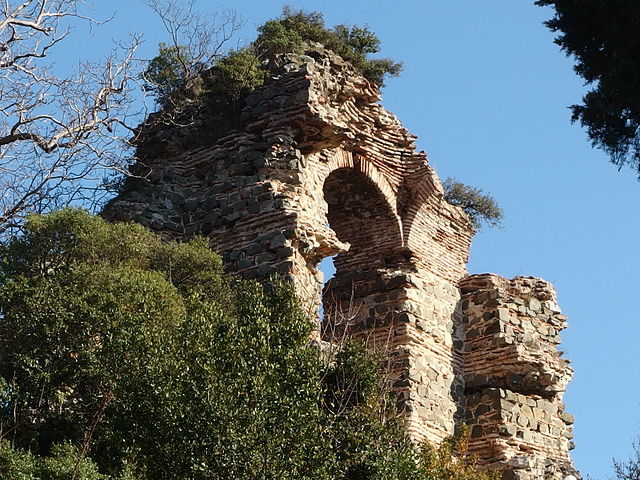
The area was frequently attacked by Cossacks, so Ottoman authorities subsequently strengthened the castle in the 17th century. The reconstruction work was very effective against Cossack attacks.
In the 18th century, it was further reconstructed and refortified on two different occasions. More towers were added, but by the end of the 18th century, the castle was left to slowly collapse. By the time of the Turkish Republic, it was already completely abandoned and practically useless.
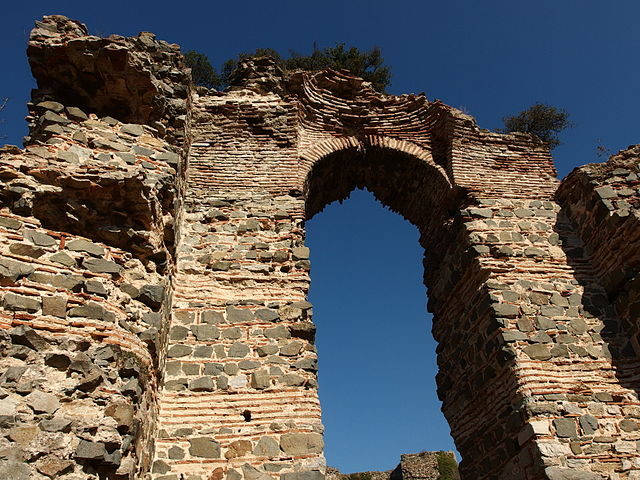
Recently, extensive excavation work was started inside the walls of the upper castle and more than 80 precious artifacts were found. Discoveries include coins from different periods, bronze and stone cannonballs, and plates and other objects used in the everyday life of the soldiers.
Because of the excavations, the site is officially closed for public visits, but curious and brave urban explorers have still managed to enjoy the outstanding area by entering through a wrecked fence.
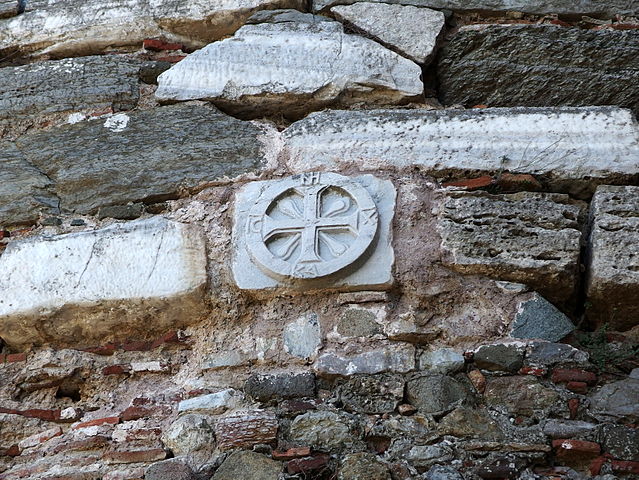
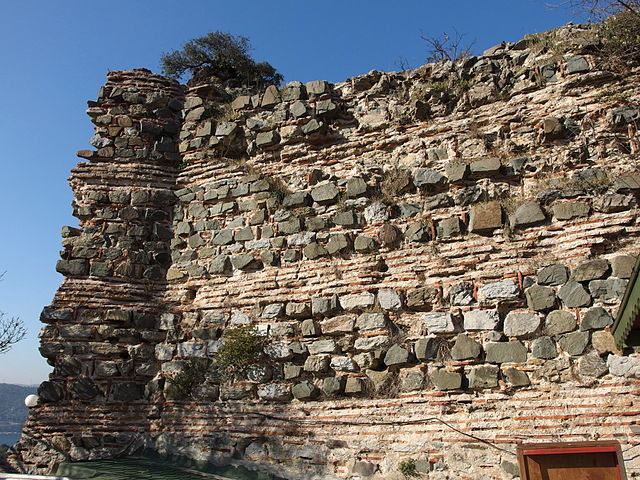
This method of entering is quite a risky task and involves a walk along the edge of the outer walls (which are not forbidden to be visited and observed) and a dangerous path.
The complex of Yoros Castle is formed of an upper and lower castle. Most of the lower castle is now a military zone controlled by the Turkish Army: a mark of the ongoing strategic importance of the site.
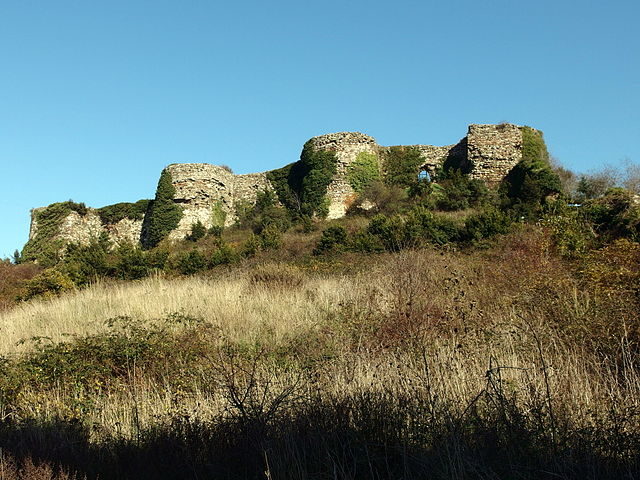
Parts of the upper castle, including the surrounding walls, have survived almost intact throughout the centuries although most of the structures, including some of the towers and the mosque, are gone forever.
There are plans for the near future to excavate the entire site and for the surviving parts to be preserved for future generations. An archaeology museum is also planned to be opened.
